The Women of CalTrout
March is Women's History Month, and all month long we are celebrating the historical and contemporary accomplishments of women around the world. Within our own organization, we are continually encouraged by the women of CalTrout who are creating real, lasting change. They are leading, discovering, exploring, lobbying, advocating, healing, nurturing, building relationships, and making their own mark on history each day they step into the office or the field. Follow our Women of CalTrout profile series as these women share their own stories and experiences as women in conservation, science, and intertwined fields at CalTrout.
Claire Buchanan, Bay Area Region Senior Project Manager, and Kara Glenwright, Communications Manager
KG: What inspired you to pursue a career in conservation and a career at CalTrout?
CB: Fish and water have been focal points in my life for as long as I can remember. Growing up on the American River, summering in Santa Cruz, and generally being inclined to adventure all helped to fuel my ever-growing love of the natural world. This love of nature, especially fish, was fostered by my dad, a passionate angler and fellow outdoorsman. He curated memorable experiences that exposed me to what amazingness was just outside our front door. One of my favorite memories is heading out to the American River while the salmon were spawning and spending time trying to wrap my head around their massive journey and perplexing lifecycle.
My connection to the natural world coupled with my interest in science molded me into the biologist I eventually became. As I grew up, the intrinsic value of California’s resources became clearer and clearer through both my experiences and education and the more and more I felt pulled to protect them. I also became an enthusiastic angler which pushed me in the more fish-focused direction. I initially decided to pursue a career with the California Department of Fish and Wildlife working with trout. After that I explored consulting and then ultimately landed at CalTrout where I believe I can make the biggest, most effective impact for fish as well as make genuine lasting relationships with like-minded people.
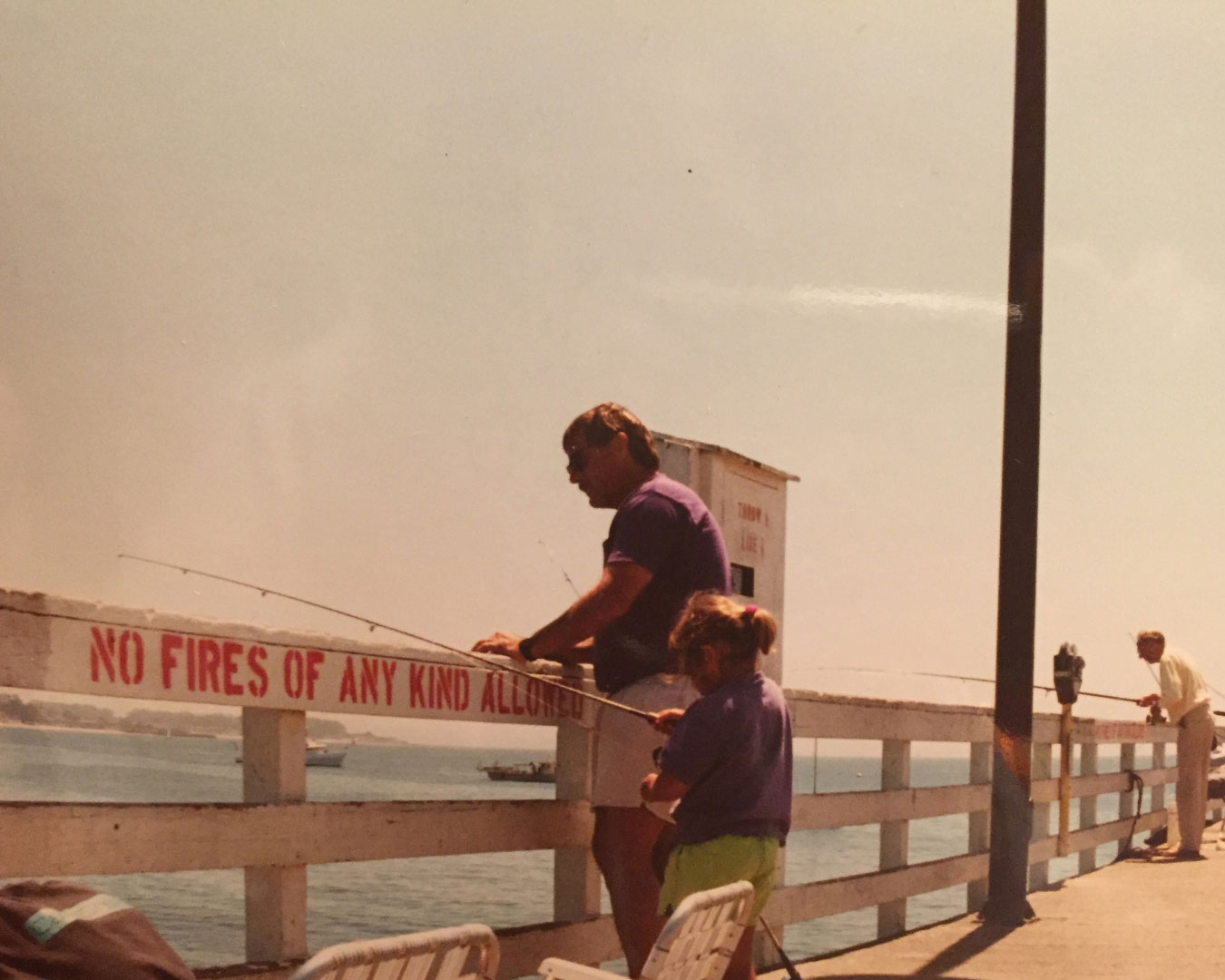
KG: What is your favorite part of your job? Could you share with me some of the most rewarding moments of your work?
CB: As an angler, fisheries biologist, and Santa Cruz local, I am thrilled to be able to work to find creative solutions, build relationships, and make a measurable difference for fish in my own backyard. I also love working with the intelligent and passionate people of CalTrout. It truly feels like a family, which is a unique and wonderful thing to find in the workplace.
KG: What does it mean to you to be a woman in this field?
CB: I think that being a woman in this field is a unique opportunity to set an example for other women aspiring to build their own career. When I entered the fish conservation workforce in 2012, I was one of very few women in my department. I was lucky to have a few very strong, smart, motivated women that showed me the ropes and built my confidence in the field. These women exemplified to me the strength, intellect, and enthusiasm that I wanted to grow into with my career and their mentorship was invaluable. As I developed in my role and began to hire young women on my field crews, I did my best to continue the impactful mentorship I received with hopes of growing more confident, ambitious women in fisheries. I have kept that identity as a mentor and thrive when I can help guide other women through those early years of their conservation careers.
KG: To celebrate the "history" part of Women's History Month—is there a woman from history that you find especially inspiring? Or perhaps someone from your own life?
CB: As a kid, I was fascinated by women like Jane Goodall and Diane Fossey. I remember thinking it was amazing that they got to work with animals as their job. As I got older, I discovered women like Rachel Carson, which catalyzed my interest in the environment and science. And ultimately, the most inspiring women to me are the mentors and fellow female conservationists I have encountered in my career –biologists, geneticists, herpetologists, attorneys, outfitters, executives, writers, and professors.
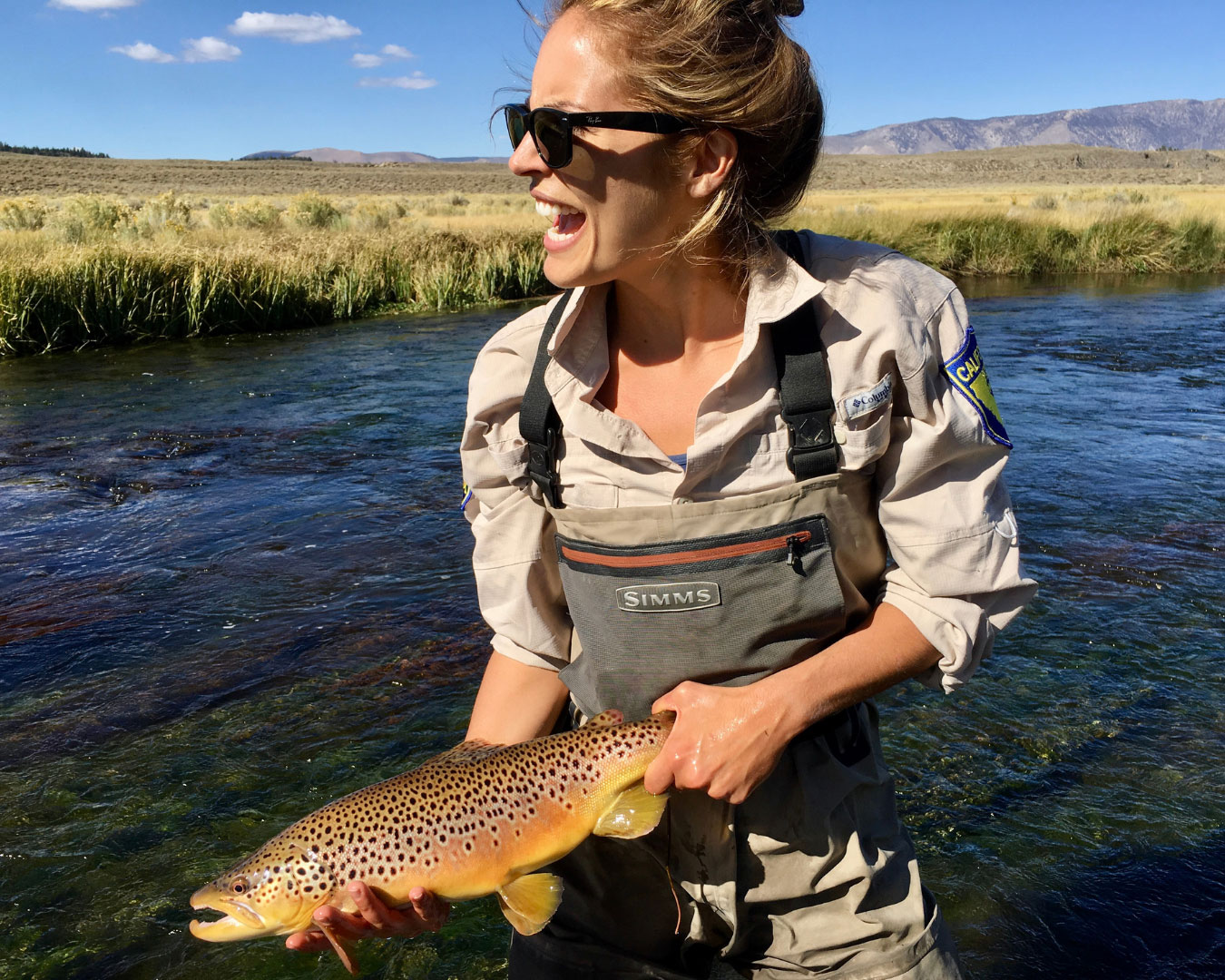
KG: Looking to future generations of women — what message would you share with younger women who hope to pursue a career in conservation someday?
CB: Do it! You will meet the most inspiring people, find yourself in some of the coolest places, and do some of the wildest things while getting paid for all of it. I encourage all young women out there that have a passion for conservation to start exploring the different facets of conservation work (field work, research, legal, etc.) until they find something that really clicks. Of course, choosing the appropriate major in school is useful, but I think the way to really discover where you’re supposed to land is by getting out there and diving right in.
KG: One more question! Do you have a favorite fish, river, or other body of water in California?
CB: It is tough to land on ONE favorite. My favorite fishes are: Little Kern Golden Trout, riffle sculpin, and great white shark. And my favorite bodies of water are: South Fork Kern River, Little Kern River, and the American River watershed (all the forks of it and their forks too).
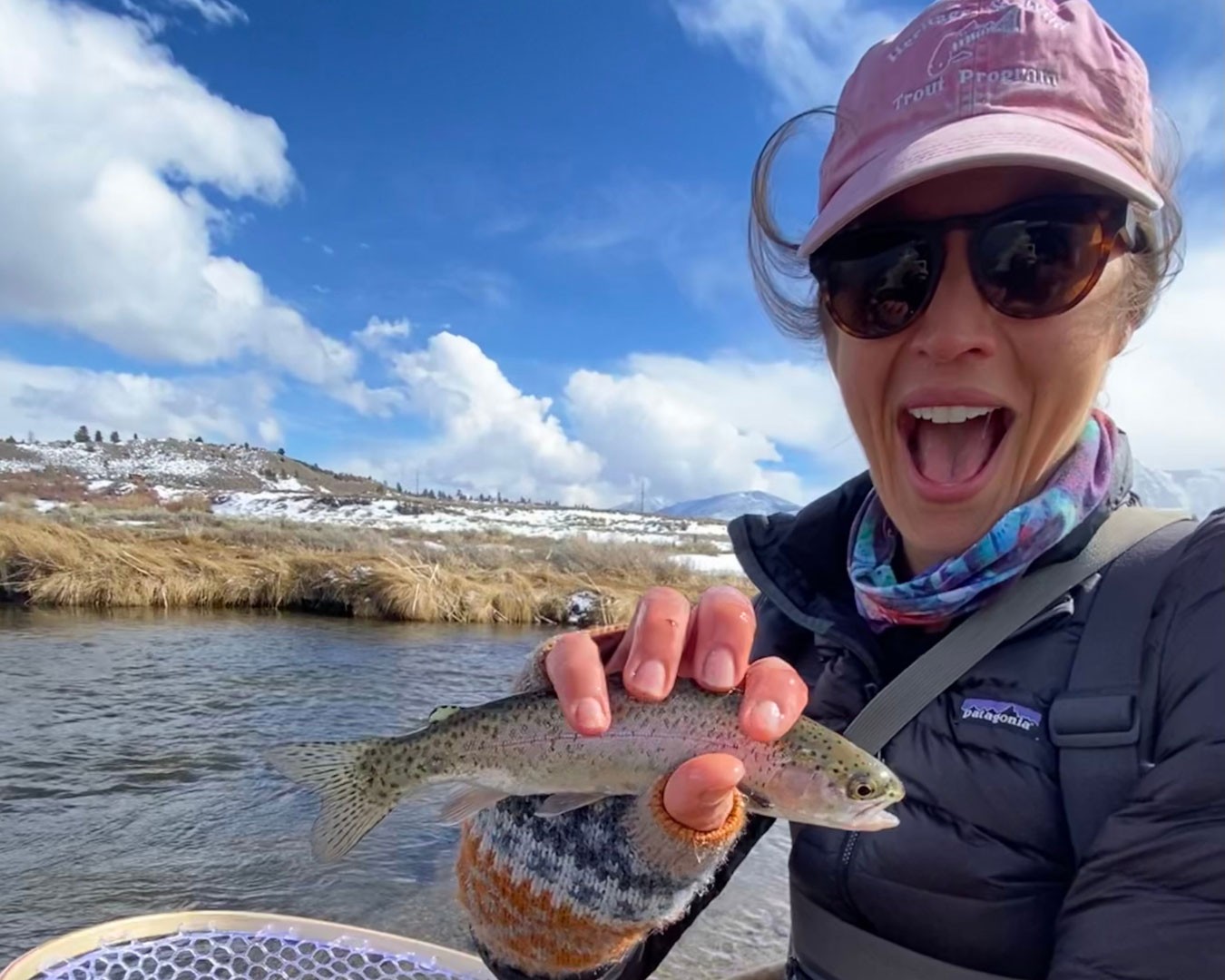
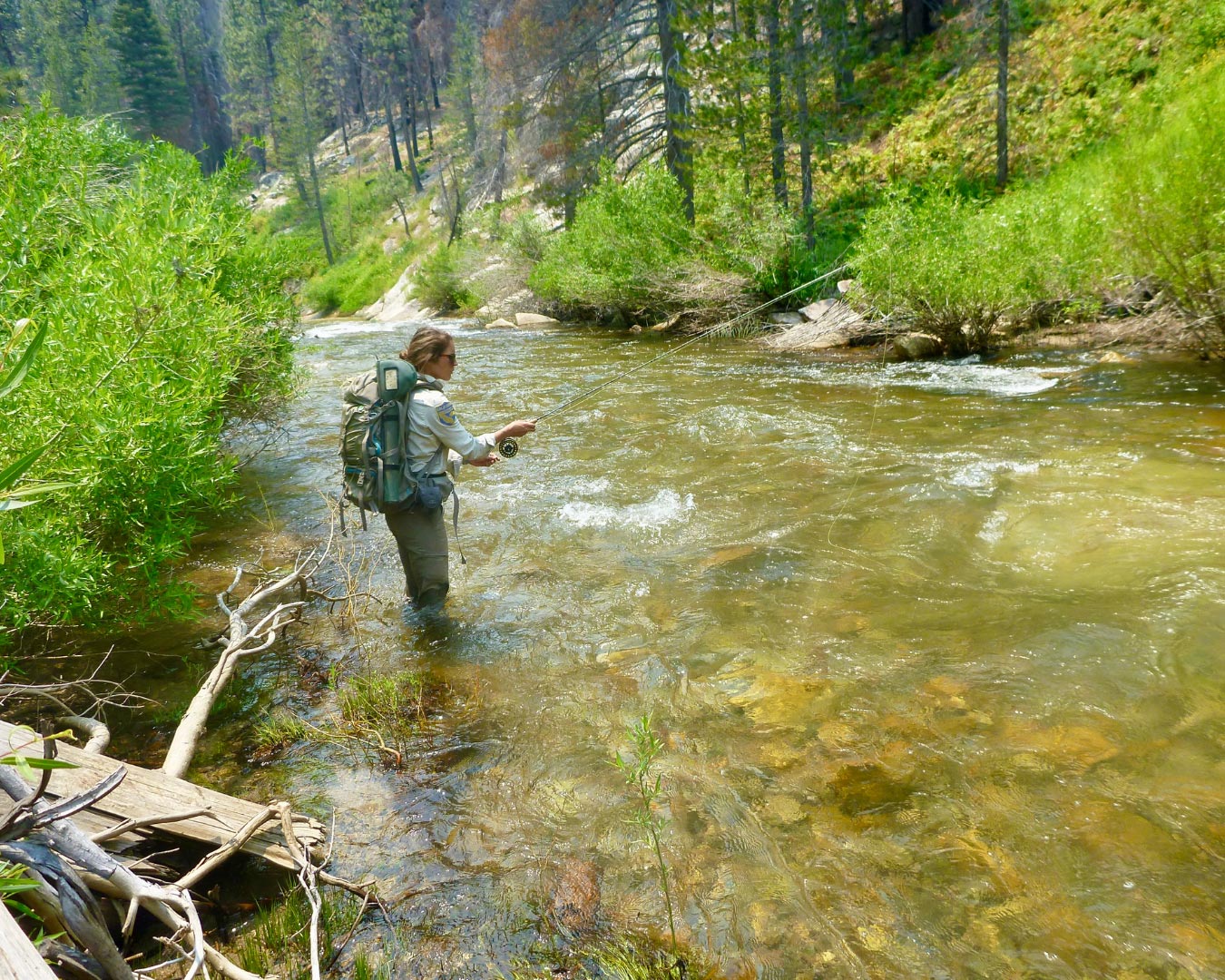
Meet the Women of CalTrout
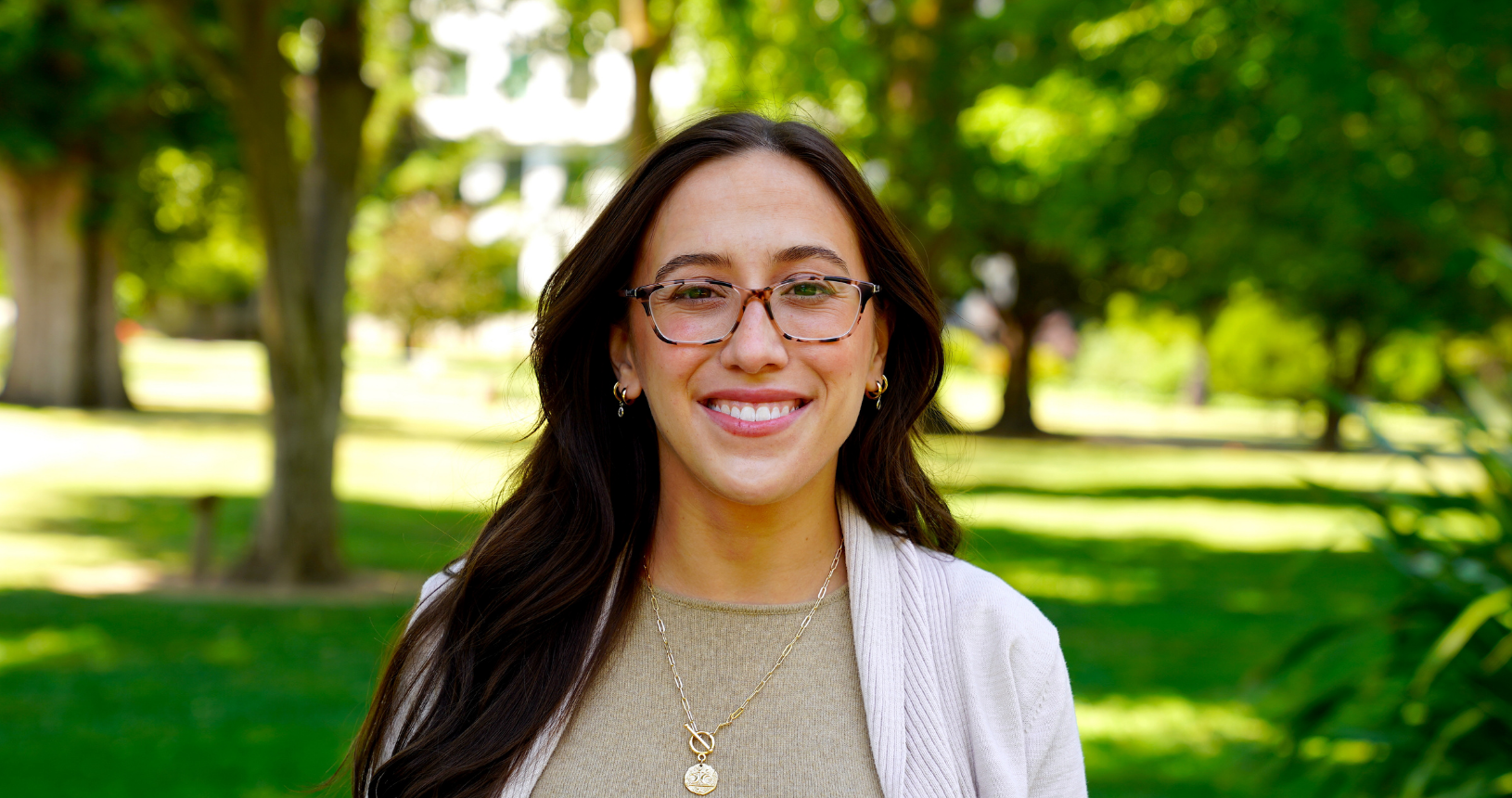
Analise Rivero
CalTrout Associate Director of Policy
Amanda Cooper
CalTrout Staff Attorney
Katy Gurin
CalTrout North Coast Project Manager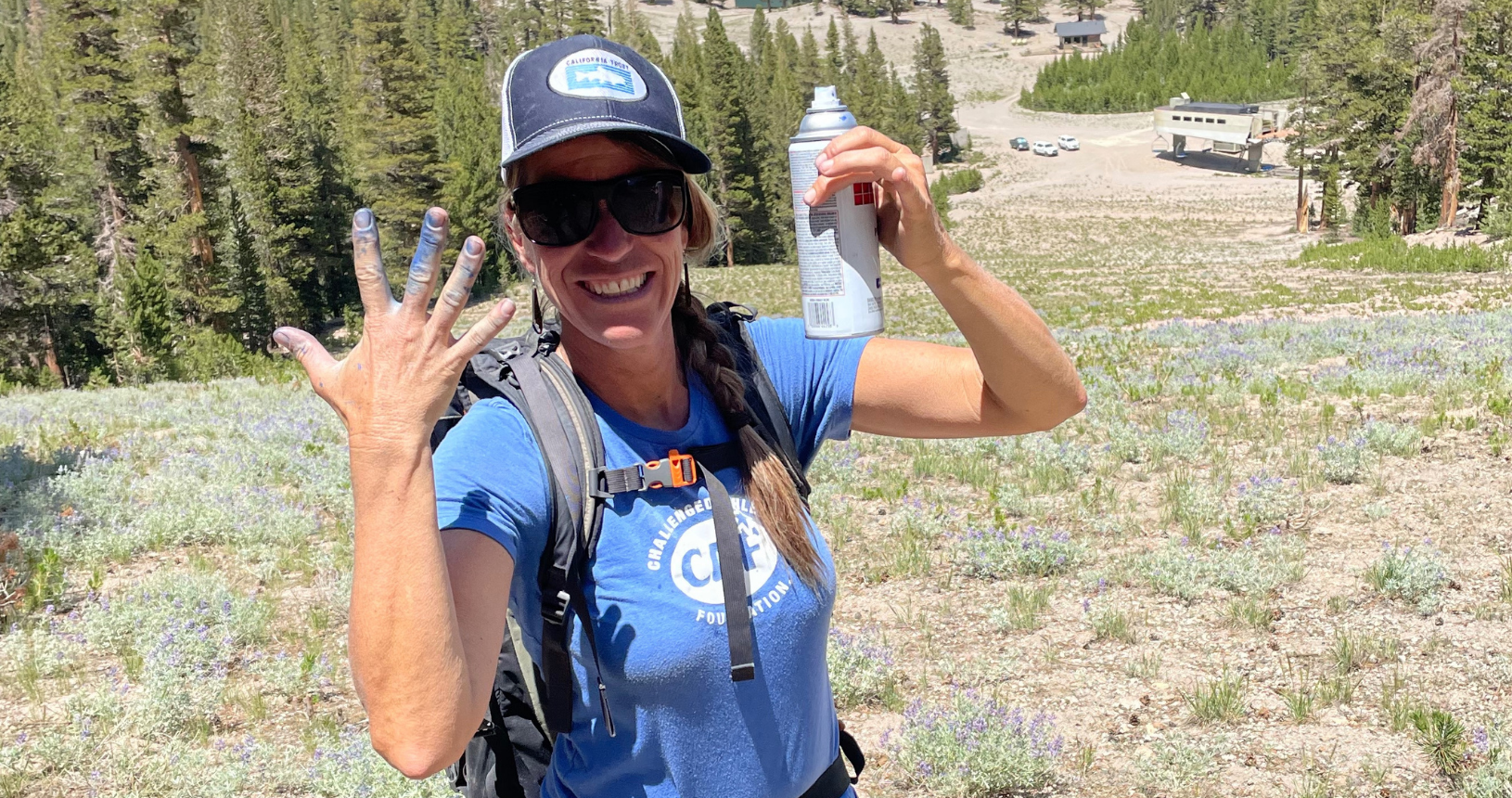
Allison Dodds
CalTrout Sierra Headwaters Project Manager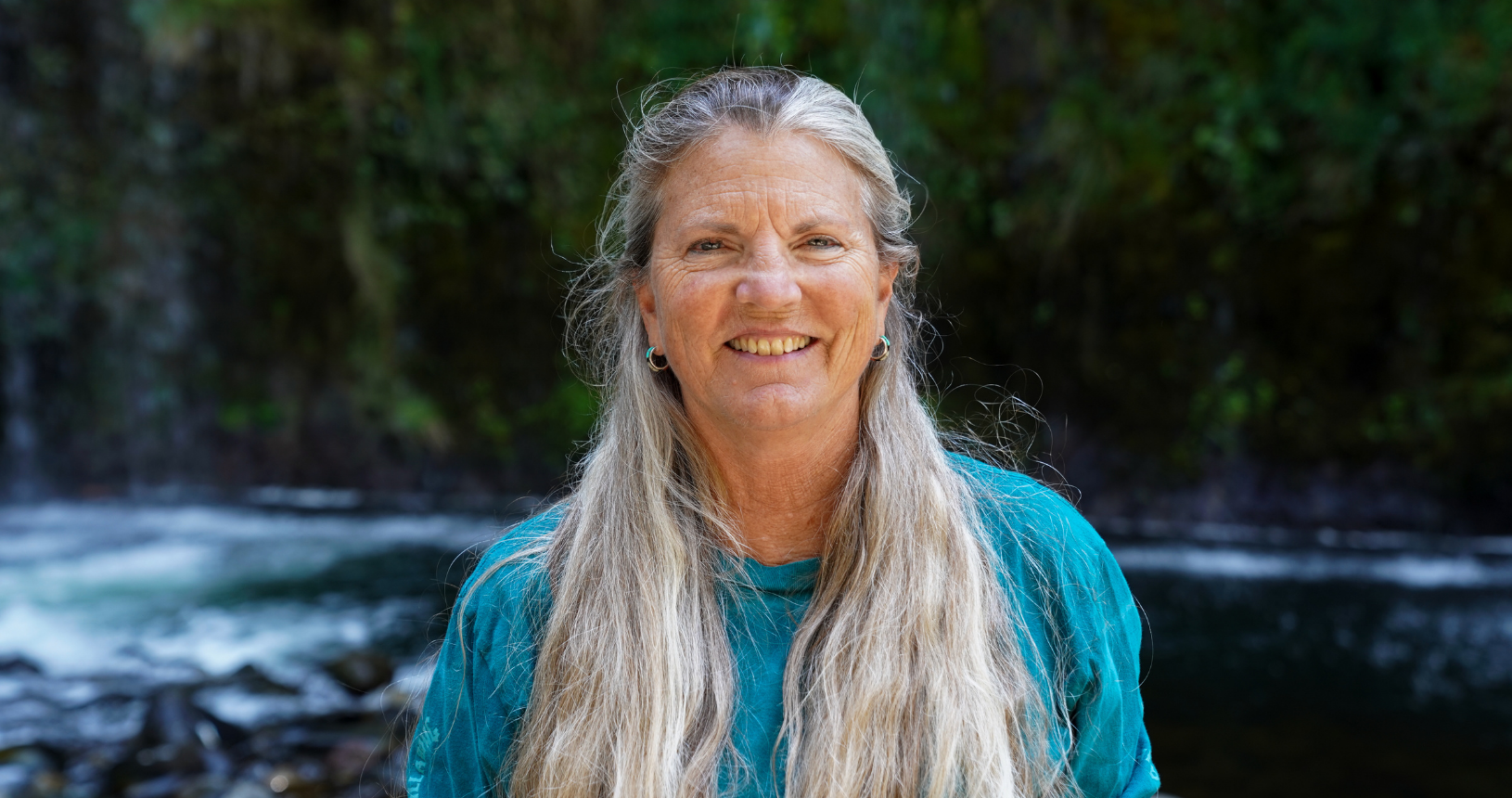
Sandra Jacobson
CalTrout Sierra Headwaters & South Coast Regional Director
Ada Fowler
CalTrout Mount Shasta-Klamath Senior Project Manager
Kam Bezdek
CalTrout Policy Associate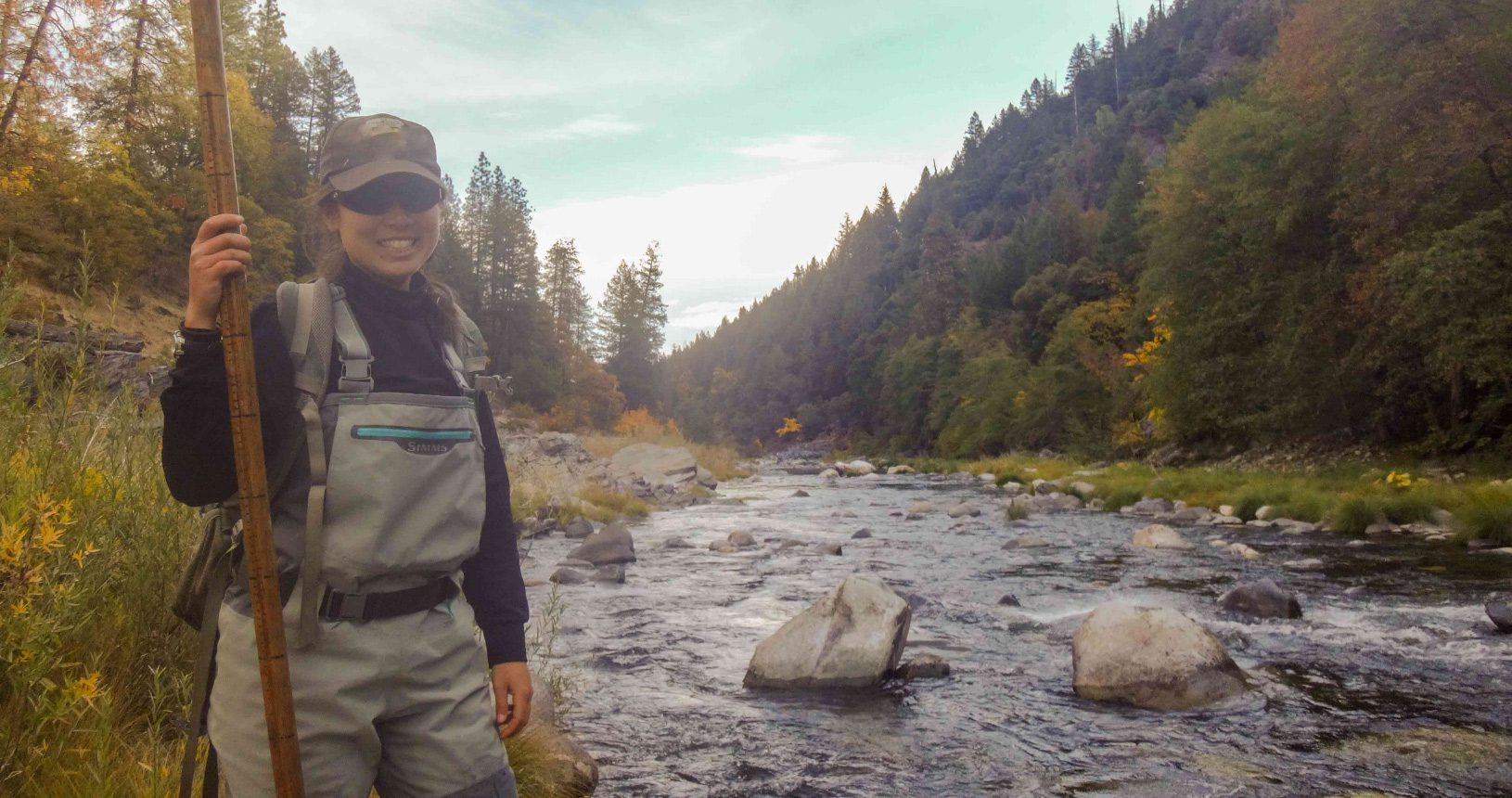
Serena Doose
CalTrout Mt. Shasta-Klamath Project Manager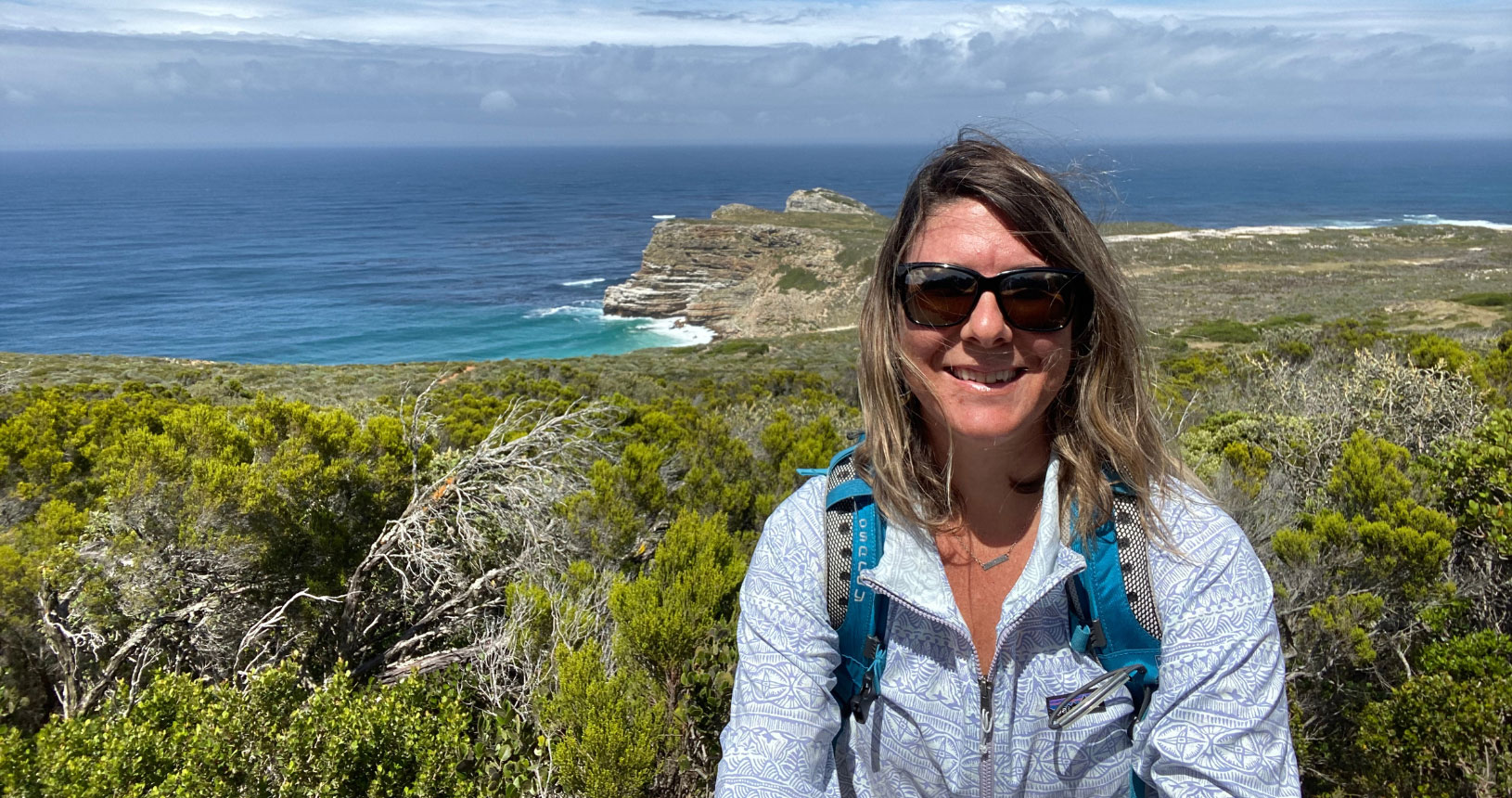
Holly Swan
CalTrout Mt. Lassen Project Manager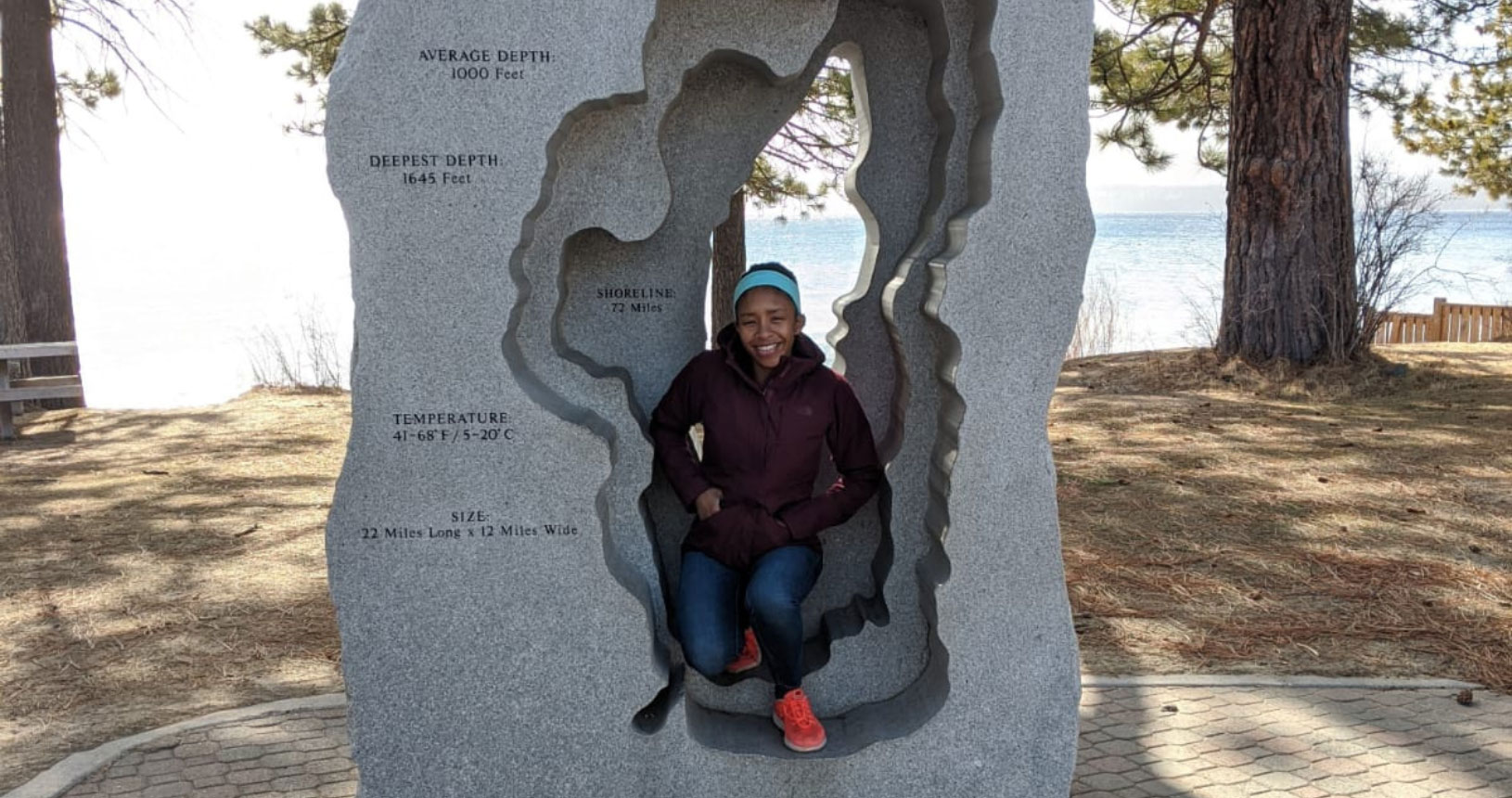
Camyle Allen
CalTrout Conservation Contracts Manager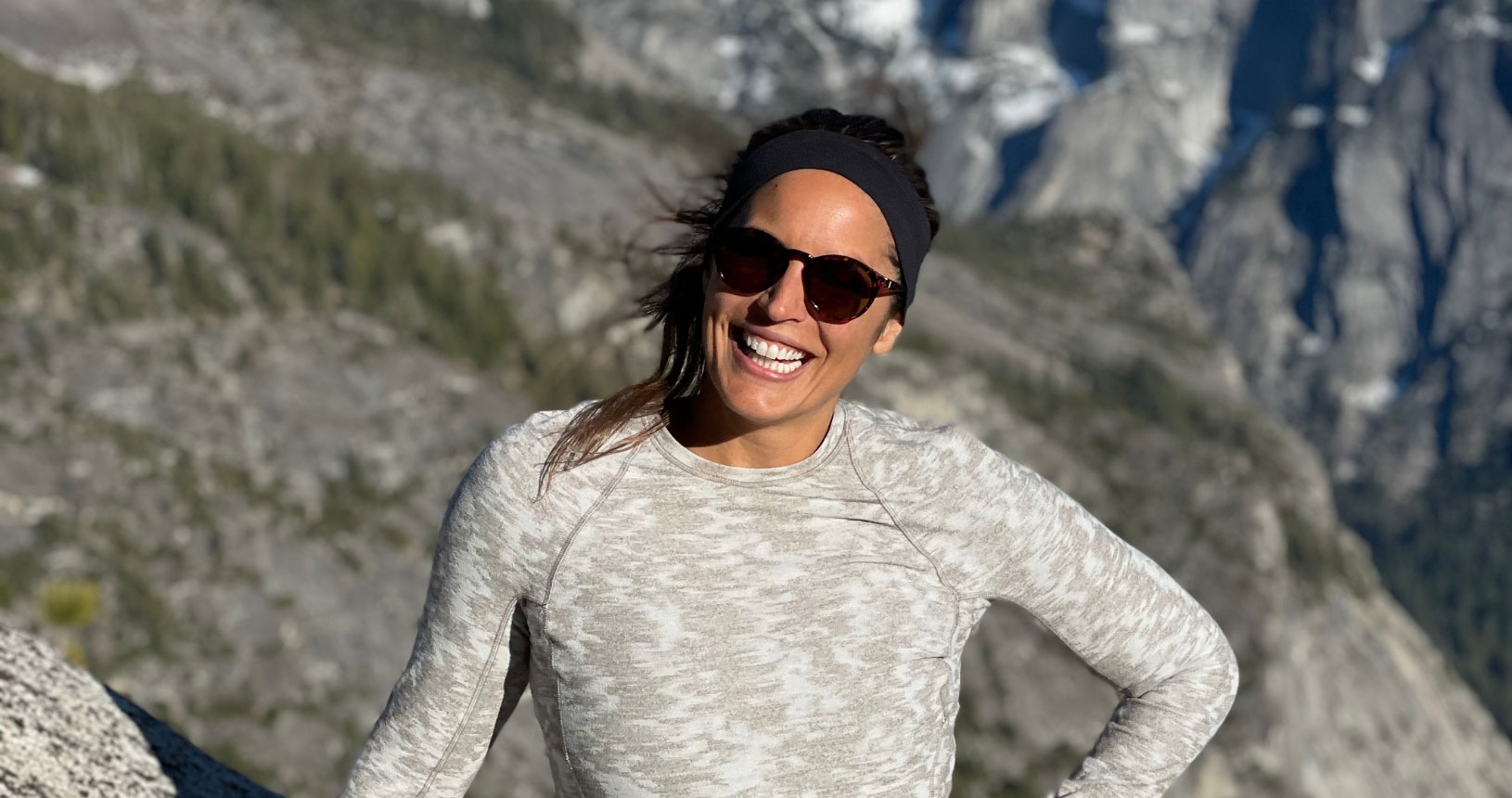
Claire Buchanan
CalTrout Bay Area Senior Project Manager
Marrina Nation
CalTrout Sierra Headwaters Project Manager
Gaby Roff
CalTrout Director of Institutional Giving
Malinda Baker
CalTrout Grants Associate
Lazara Ramos
CalTrout Grants Manager
Melissa Racklyeft
CalTrout Senior Grants Manager
Sarah Trenschel
CalTrout Member


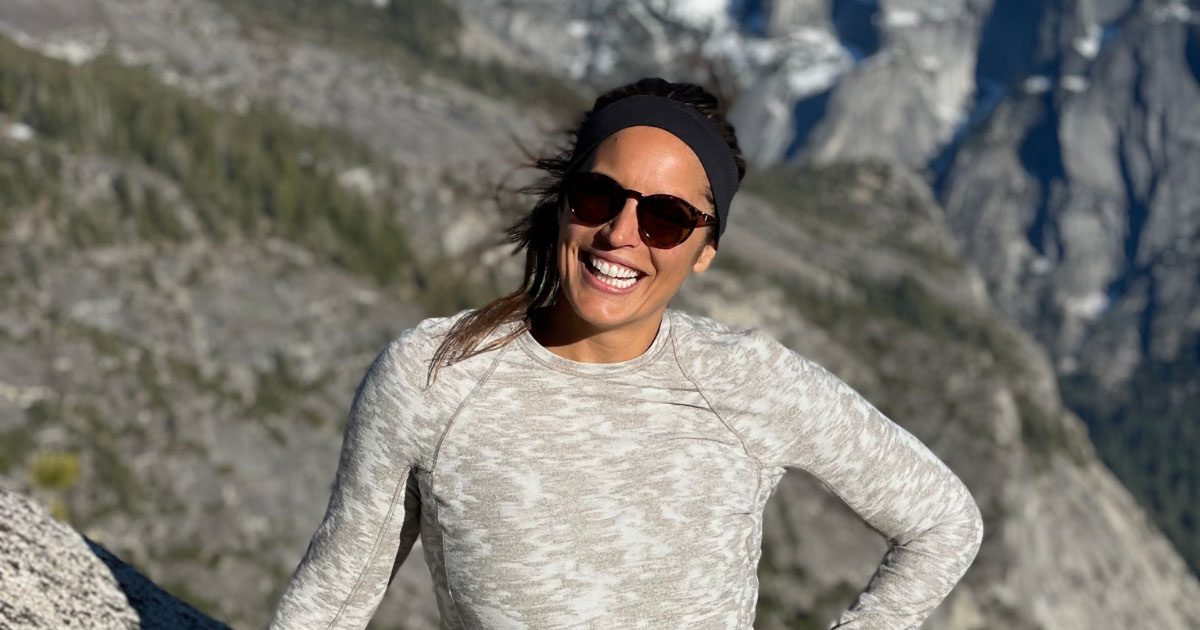




1 Comment
Wow!! Great pics and biographies. These young ladies are making a difference and enjoying their outdoors as well. Keep up the good work!!Best regards, Vincent